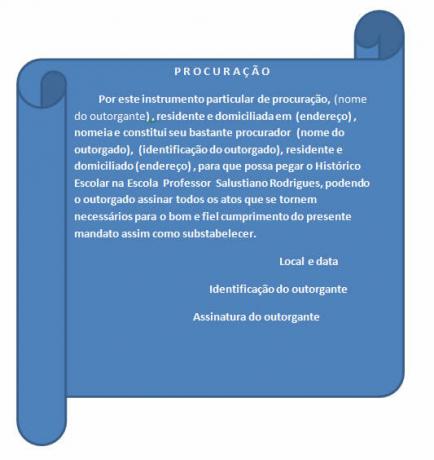As imminently social beings that we are, we use language to strengthen even more our interpersonal relationships, expand our knowledge, expose our thoughts, opinions, anyway. Although a significant part of this use is intended for orality, there are many circumstances in which our communicative intentions materialize through writing.
Among them, that essay we produce at school, that production we do as part of the requirements for entering a new job (as occurs in most interviews), among many others circumstances. In all of them (speaking of writing) only one modality prevails – this we can never doubt – the so-called standard modality, the one in which the rules established by grammar prevail.
But wait, do you think it ends here? No, absolutely, still talking about the modality under discussion, there are still other communicative circumstances in which a certain rigor prevails, a certain formalism that, as the name suggests, the entire text follows techniques, patterns pre-established. Thus, it is not by chance that these texts are called technical writing. But why so many formalities? Well, simply because these are texts that circulate in the
commercial, administrative and legal environment. As examples of them, we can cite the memorandum, opinion, receipt, report, curriculum, minutes, circular, contracts and this one, which we are talking about
in our useful meeting: the power of attorney.
So, for you to understand in a simpler way, mainly about in which situations we should use it, imagine that you lived in another city and felt the need to get a document at the school where you studied before. Well, it will certainly have to be you, as you represent the student who studied there. Someone else will not be able to do this for you. Isn't that right?
Well then, that's where the document in question comes into play, that is, the power of attorney. It, in turn, represents a document by which a given person gives another full powers to act on behalf of her, a position that makes her assume the condition of legal representative, enjoying rights under the document.
This power of attorney can either be issued by a private instrument, in which case it is written in the handwriting or typed with notarized signature, that is, the signature of the person who is passing the document to the other, as may be by a public instrument, drawn up in a notary's office, by a notary public (ã). Another aspect that we should be aware of is that whoever grants the power of attorney is calledprincipal, constituent or grantor. The person to whom the power of attorney is issued assumes the position of attorney-in-fact, attorney-in-fact or grantee.
After having checked on some of these characteristics, there is nothing more viable than to check a little more closely how the structure of a power of attorney works in practice. Let's go then?

The power of attorney structure follows specific criteria
By Vânia Duarte
Graduated in Letters

